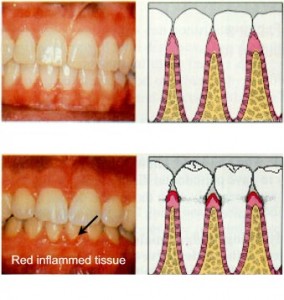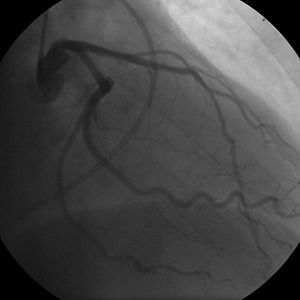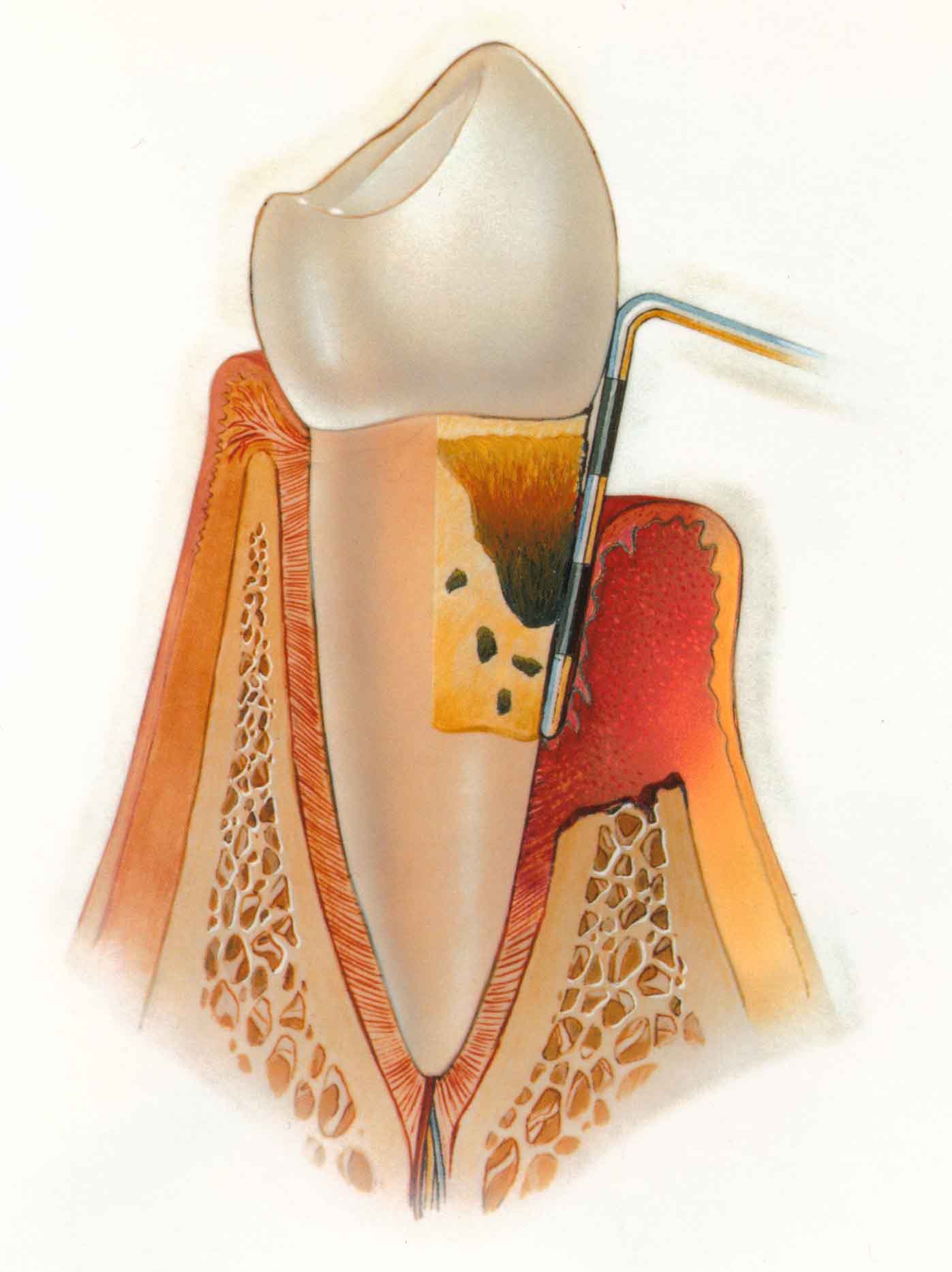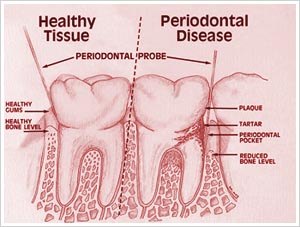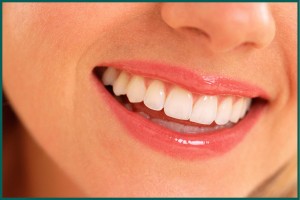A major cause of tooth loss in adults is periodontal disease. The term gum disease or periodontal disease includes both gingivitis and periodontitis, and it affects the periodontium which consists of the tissue that surrounds and supports the teeth. However with early detection and treatment of the disease, it is now possible for most people to keep their teeth for a lifetime. Continue reading
Tag Archives: gingivitis
Relationship between Gum Disease and Heart Disease
The number one cause of mortality in the United States since 1900 continues to be heart disease. And gum disease and heart disease appear to be related, thanks to several extensive studies in the early 2000s which suggested that people with gum disease (periodontal disease) were twice as likely to also have coronary artery disease, along with other heart-related health conditions. Both diseases are complex and share some of the same risk factors including smoking, genetics, increasing age and stress. While these studies have not definitively proven that gum disease causes heart disease, they have clearly shown that there is some correlation between the two. The understanding of this relationship and what to do about it is very important.   Continue reading
Reasons to do a gingival flap surgery
A Quick history on Periodontal Disease
What causes periodontal gum disease ? Our mouths are full of bacteria. These bacteria, along with mucus and other particles, constantly form a sticky, colorless plaque on teeth. Brushing and flossing help get rid of plaque. Plaque that is not removed can harden and form calculus that brushing does not clean. Only a professional cleaning by a dentist or dental hygienist can remove the calculus as it is very hard like pieces of rocks.
The longer plaque and calculus are on teeth, the more harmful they become. The bacteria causes inflammation of the gums leading to gingivitis. In gingivitis, the gums become red, swollen and can bleed easily. Gingivitis is a mild form of gum disease that can usually be reversed with daily brushing and flossing, and regular cleaning by a dentist or dental hygienist. This form of gum disease does not include any loss of jaw bone and tissue that hold teeth in place. Continue reading
Oral Health: Relationship between the body and mouth II
Continue from section I…
Is there a way to link oral signs and symptoms to certain diseases?
In some diseases, there can be very specific oral health presentations or manifestations. In fact, there are times where the mouth is the first site to show signs of an underlying systemic condition, preceding clinical diagnosis by months. Hence it is important that if you noticed any sudden changes in your mouth that cannot be relate back or correspond to a known cause, it may be wise to monitor those changes. If the abnormal changes persist for weeks or become symptomatic, it is best to get it checked out by a dentist as soon as possible to prevent late diagnosis and complications.
Below is an outline of possible oral health problems or presentations under some of the common conditions or diseases of the body: Continue reading
Oral Health Guidelines for Pregnant Women
When you are an expecting mother or planning to get pregnant it is important to know some oral health factors that would aid and have impact on the health of mother and the growth of fetus.
When to see a dentist?
It is best to see a dentist before you plan for pregnancy. It is easier to treat your dental decays and gum disease before you get pregnant as body changes may complicate some of the dental diseases. Continue reading
Oral Health Pt 2: Effects of toothbrushing, dietary sugars and acids

Toothbrushing improves oral health
What affects oral health?
The obvious answer would be oral hygiene care. Importance of tooth brushing cannot be stressed enough and the quality, rather than the quantity matters more. While most people brush two, some even three times a day, the truth is that it does not necessarily prevent you from dental problems such as dental decay or gingivitis especially if you are not brushing appropriately. Having a good tooth brushing technique is crucial to good oral health as being able to remove plaque effectively is directly related to the state of your mouth. In fact, some people with very good tooth brushing technique and reasonable sugar intake are actually able to get away with just brushing once a day without developing any dental problems. The only reason that dentists are advocating their patients to brush twice a day being most people of the population will fail to remove plaque adequately and requires that extra kick to help maintain oral health at good levels. Continue reading
How Diabetes Can Affect Your Oral Health Part 3
Continuation of Part 1 and Part 2
Diabetes and periodontal (gum) disease
Examination of the mouth may reveal conditions common in poorly controlled diabetes. Diabetes has long been considered an important factor that influences the risk of periodontal diseases (gingivitis and periodontitis). Compared to non-diabetics, the prevalence and severity of periodontal diseases are increased in individuals with both type 1 and type 2 forms of diabetes. Individuals with diabetes are up to 3 times more likely to have gum attachment loss and bone loss than non-diabetics. For diabetics older than age 40, severity of periodontal disease increases with years of disease duration and the risk of losing all your teeth is 15 times greater in diabetic population then the non-diabetic. Continue reading
What happens after orthodontic braces treatment?
There is a common misconception that orthodontic braces treatment is completed once it is removed. This is not true because like any other treatment, it requires maintenance. Just as how patients would care for their braces during treatment, they still need to carry that on after treatment. In fact, patients play the most important role in caring for their teeth after orthodontic braces due to ceased visits to their orthodontists.
Retention after braces
After the completion of orthodontic braces treatment, it is essential to follow it up with orthodontic retainers to ensure longevity and stability of the results. This is because during orthodontic treatment, crooked teeth are straightened by stretching and compressing the fibres around teeth. Continue reading
Know more about Gum Disease
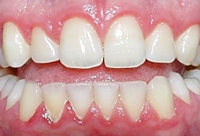
Gum disease is also known as periodontal disease. Periodontal means around a tooth. Any disease involving supporting tissues and bone around a tooth is called periodontal disease. There are 2 stages of gum disease, namely gingivitis and periodontitis. Gum disease can affect anyone including children. Continue reading
